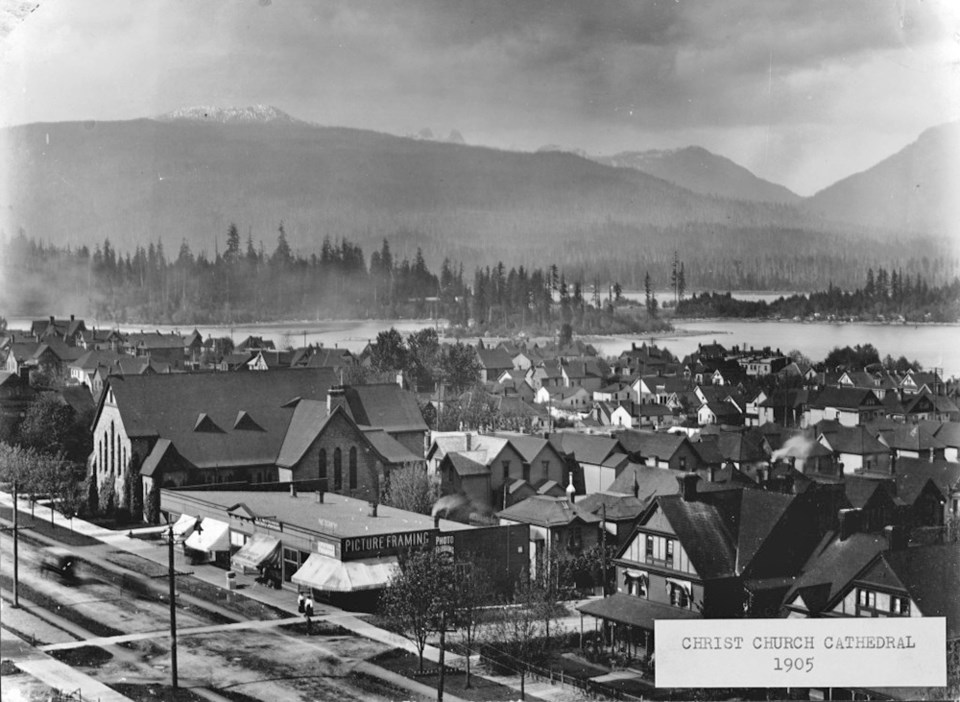Welcome to Leap of Faith, a weekly blog hosted by veteran religion reporter Alicia Ambrosio, exploring faith, spirituality and Vancouver's sacred spaces.
As long as Vancouver has existed there have been people in this city eager to connect with their higher power and create a community of fellow believers. Today, the city’s urban landscape is dotted with sacred spaces that speak to the history of our rain-soaked city.
The two oldest, of course, are the Anglican and Roman Catholic cathedrals which still stand, blocks away from each other, in the downtown core.
Christ Church Cathedral, the mother church of the Anglican diocese, was built in 1894 on land bought from Canadian Pacific Railway in 1889. The location was chosen because it was on a hill and any building on that spot would be visible from the waterfront. Henry John Cambie, CP Rail Pacific Division’s senior engineer, was a parishioner of the church community that wanted to buy the land, and helped negotiate the deal for what is today the corner of Burrard and Georgia.
It took a few years to gather the funds to build the church, but an enterprising parishioner eventually came up with a financing plan and the church went up in 1894 and was dedicated in 1895.
The church was almost lost to development, however, in 1971. The congregation of the Christ Church had voted to demolish the building and replace it with a modern high rise to be designed by Arthur Erickson. There was public outcry to the planned redevelopment and the building was spared.
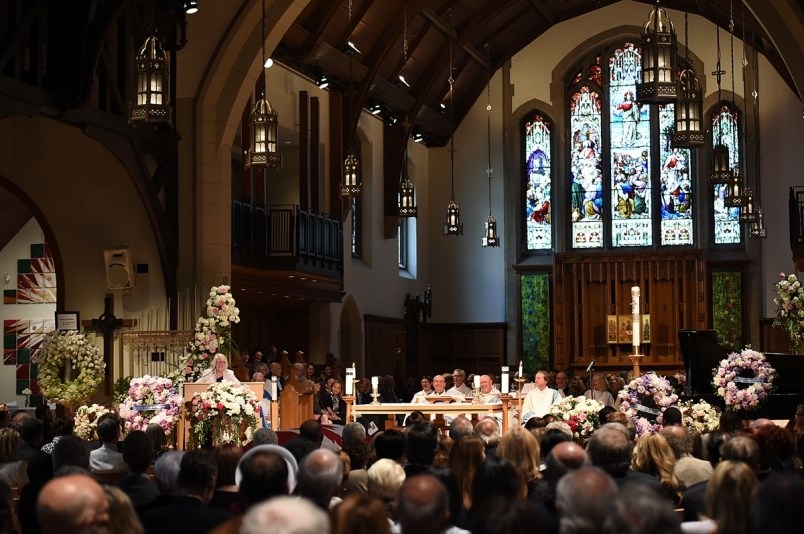
Stained glass windows were installed over time, beginning in 1909, with the last being dedicated in 2013. Among them is the central window on the west wall depicting the crucifixion of Christ that was shipped from England in barrels of molasses in 1911. The congregation initially did not want it installed, though, because they felt it was too Roman Catholic in tone. It took one eloquent parishioner to stand up at a meeting and urge his fellow congregants to install the window in the name of “interdenominational tolerance.”
The gesture of goodwill was fitting because the city’s Catholic congregation – made up of 69 families – was located a short distance away on the corner of what is today Richards and Dunsmuir. When Father Patrick Fay acquired their plot of land sometime between 1886 and 1889, it was home to the tallest tree visible from the waterfront.
The cornerstone for the church of Our Lady of the Holy Rosary was laid in 1898 and built using sandstone from Gabriola Island and local granite. It replaced a small wooden church that stood on that spot. The church was dedicated in 1900 and declared a cathedral in 1916.
The Gothic-style building features a painted ceiling, intricately decorated oak altar, and 21 stained-glass windows. Five of those windows were created by Guido Nincheri, an Italian-Canadian artist considered the most prolific religious artist in North America. Nincheri created stained glass windows and frescoes for more than 100 churches in Canada and New England, and Pope Pius XI is reportedly deemed him the church’s “greatest artist of religious themes” in 1933.

As Vancouver grew and its population spread, churches appeared in other parts of the young city. Many of those early churches still stand, even though their original congregations have folded and merged with other congregations.
Two examples are Saint David of Wales church at Franklin and Kamloops streets in East Vancouver and Strathcona Church on Princess Avenue.
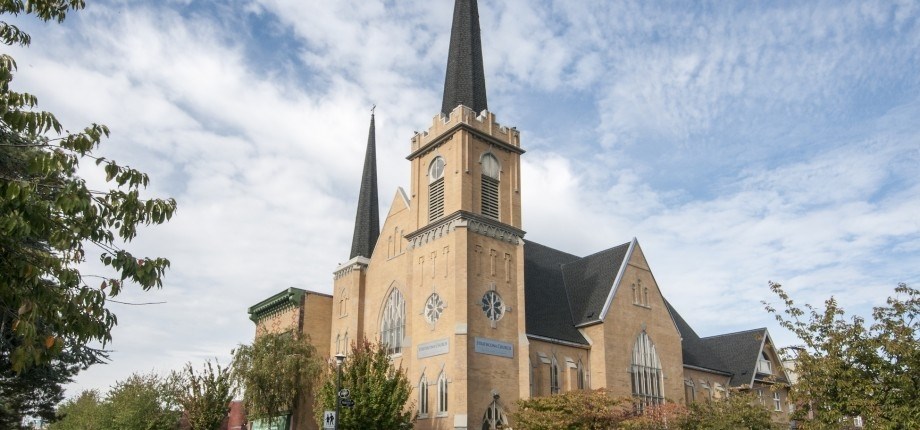
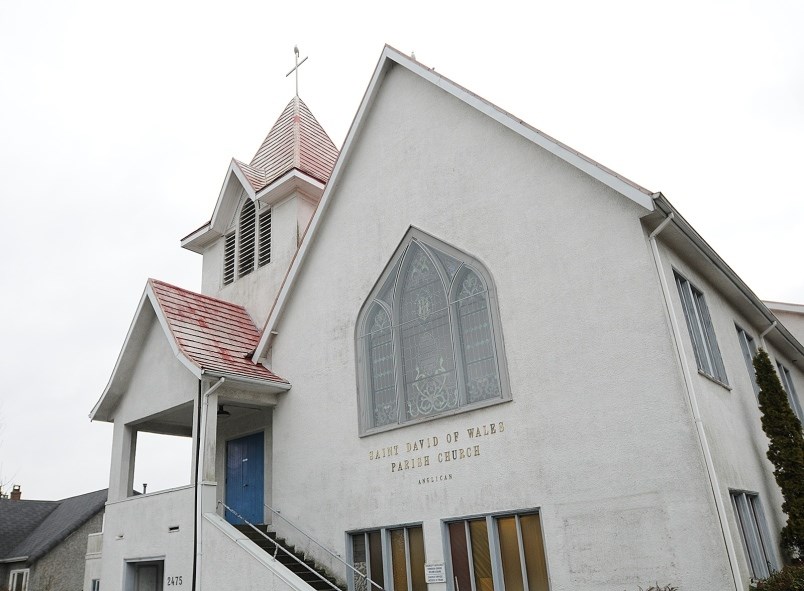
The original church at the site of St. David’s, All Saints and All Souls, was originally built in 1905 on a different corner of the property. The church was moved to its current location in 1926. Since then, it has been home to three different congregations: All Saints, St. Saviour and, finally, St. David of Wales.
In 2014, faced with a dwindling congregation, parishioners of St. David’s voted to close the church and join the community at St. Thomas Anglican Church. A Montessori school and daycare that was already using the building before the parish closed is still renting part of the building. The church itself is used by Vancouver Eastside Vineyard Church, a dynamic, Christian church plant that came out of the evangelical tradition in California.
St. David’s was known for its paintings of the stations of the cross (14 key moments or “stations” during the trial, and execution, of Jesus. A prayer service based on the stations is used by some Christian churches) by local artist Chris Woods. His version of the 14 stations portrays Jesus’ final moments in modern-day scenarios. When St. David’s closed, the paintings were moved to St. Thomas Anglican church on E. 41st Ave., just off of Victoria Drive.
Not all of the city’s early places of worship were lucky enough to be handed off to other congregations.
The city’s first Jewish synagogue, which belonged to what is today the Schara Tzedek congregation, was built in 1910 at East Pender and Heatley streets. It held about 200 people and, on High Holy Days, a larger hall needed to be rented out to accommodate worshipers.
By 1921 the congregation built a new synagogue at Heatly and Pender that could hold 600 people. The old synagogue was used as a boys club, a vocational school and, finally, in 1987 it was converted into condos.
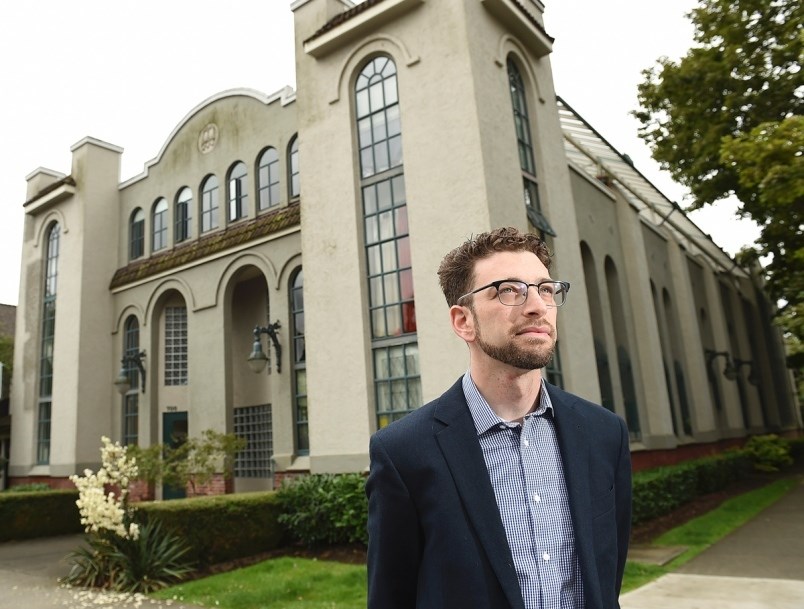
Vancouver’s first gurdwara suffered a worse fate.
The Khalsa Diwan Society was founded in 1902 to unite the growing Sikh community in Vancouver. When the community needed a permanent place to gather, pray and celebrate, the society raised money and bought piece of land at 1866 W. 2nd Ave. It is believed to have been the first gurdwara built in North America.
The Sikh community grew and other gurdwaras were built in different parts of the Lower Mainland. In the late 1960s, the society decided it was time to build a bigger gurdwara. But, in order to purchase land on Ross Street and fund the building of a new, larger gurdwara, the property on West 2nd was sold. It was a low-cost housing complex for a few years before being torn down and replaced by an apartment building.
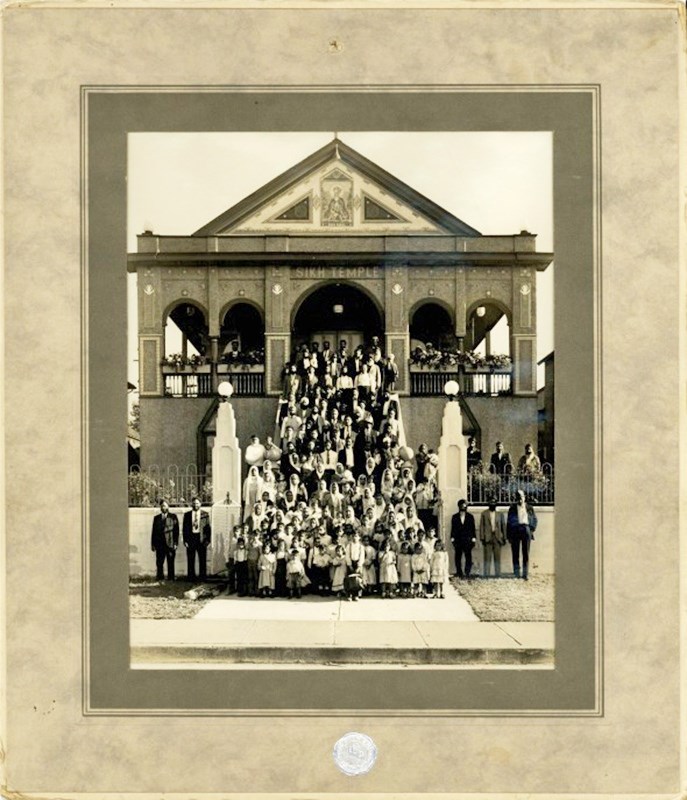
• After graduating from Simon Fraser University with a degree in communication, Alicia moved to Rome, where she got an unexpected start covering religion. Stints in Toronto, Madrid and Toronto followed, culminating with her return home to the West Coast. Alicia has worked as a television producer and host, and is currently a freelance writer for Aleteia and Catholic News Service, as well as Leap of Faith, the Westender's blog on faith and spirituality in Vancouver.
